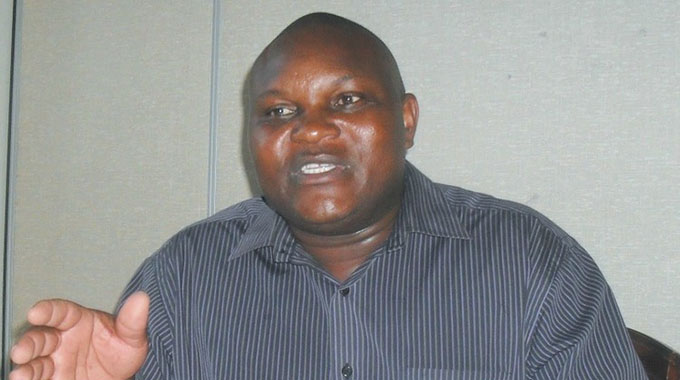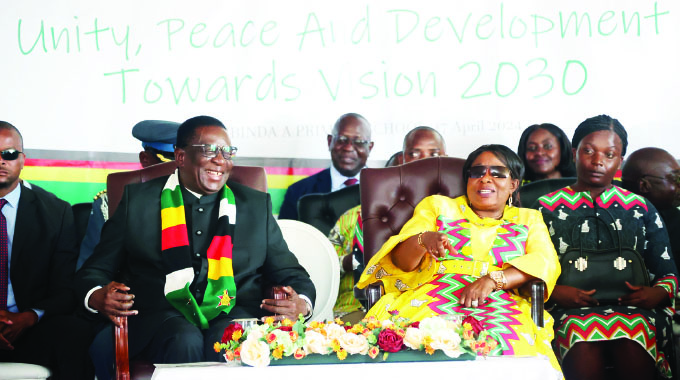Global Fund to mitigate ARV forex shortages

Paidamoyo Chipunza Senior Health Reporter
Following this week’s allocation of about US$500 million by the Global Fund to Fight Aids, Tuberculosis and Malaria, Zimbabwe’s country coordinating mechanism (CCM) is set to meet soon to deliberate on the high impact areas that require funding urgently.
The proposal for usage of the funds to be crafted by the CCM, which will be submitted to the Global Fund by March 23 next year, is likely going to see the international partner covering Zimbabwe’s external financial obligations that require foreign currency, the bulk of which falls under treatment costs, and especially drug supply.
If the proposal passes, domestic funding raised largely from the National Aids Trust Fund, also known as the Aids Levy, will be left to meet local financial obligations that do not require foreign currency.
Once the proposal materialises, it will also ease pressure on the National Aids Council (NAC), of distributing foreign currency for other necessities.
NAC administers the Aids Levy and allocates 50 percent of its total collections each year to treatment interventions.
Throughout last year, NAC did not procure any treatments after failing to obtain foreign currency allocations from the Reserve Bank of Zimbabwe.
NAC had collected about $33 million through the three percent surcharge on income tax payments from every employee, half of which was earmarked for treatment.
The Global Fund has since commended Zimbabwe for making significant strides in mobilising domestic resources through the Aids Levy and the Health Fund Levy.
The Health Fund Levy is a 5 percent deduction on every dollar of airtime and mobile data bought since 2017.
The US$500 million allocated to Zimbabwe by the Global Fund this week will be for HIV and Aids, TB and malaria interventions, as well as building resilient and sustainable systems for health, covering the 2019-2020 period.
The Global Fund has since proposed for the country to scale up HIV prevention programmes targeting the most vulnerable populations such as adolescent girls and young women, double TB treatment coverage and intensify drug resistant TB interventions as well as malaria programmes.
In addition, the Global Fund has committed a further US$20 million for prevention programmes targeting adolescent girls and young women in high prevalence settings and scaling up community-led key population programmes.
A further US$2 million will be given to Zimbabwe for TB prevention and treatment of people living with HIV and Aids.
Zimbabwe will access the US$22 million on condition it commits similar resources from domestic resources.
Global Fund country coordinator Mr Oscar Mundida told The Herald yesterday that following reception of the allocation letter, the country now has to deliberate on its key priority areas versus those recommended by the Fund.
“We will then come up with our own proposals, which we will send to the Global Fund by 23 March 2020 for approval, after which fund disbursement will follow,” said Mr Mundida.
He said considering the burden of HIV in Zimbabwe, the allocated funds were inadequate, but will still go a long way in responding to HIV and Aids, hence the need to prioritise high impact interventions.
The Global Fund has been the largest funder of HIV, TB and malaria programmes in the country with over 710 000 people of the estimated 1,3 million living with HIV having their treatment funded.
NAC has been procuring second line drugs for about 39 000 patients who are on this regimen.
To date, the Global Fund has spent over US$1,8 billion on Zimbabwe’s HIV, TB and malaria programmes.







Comments